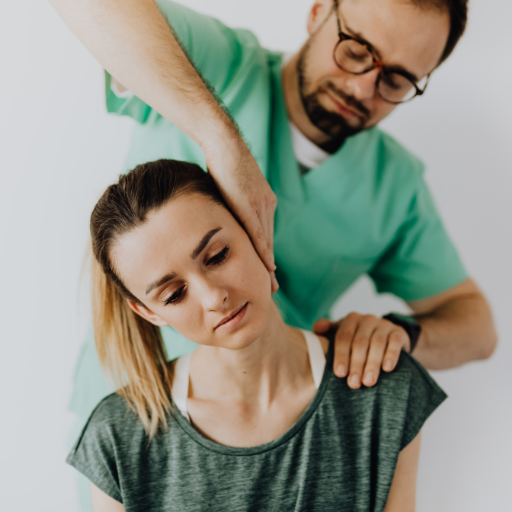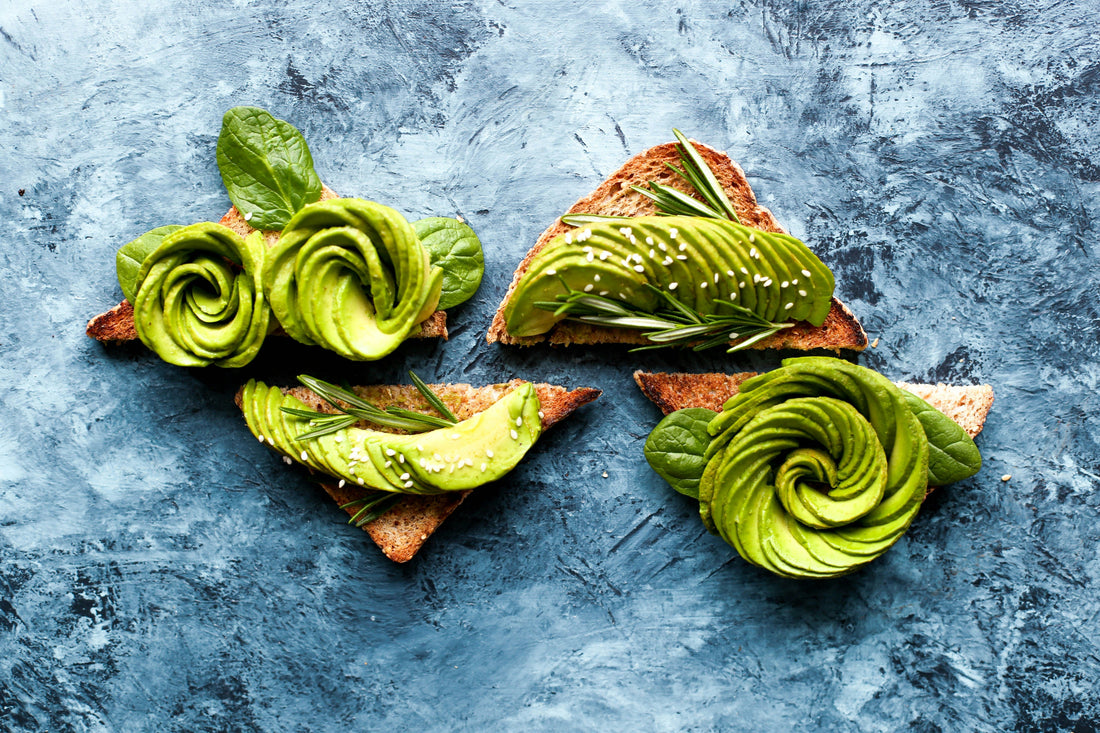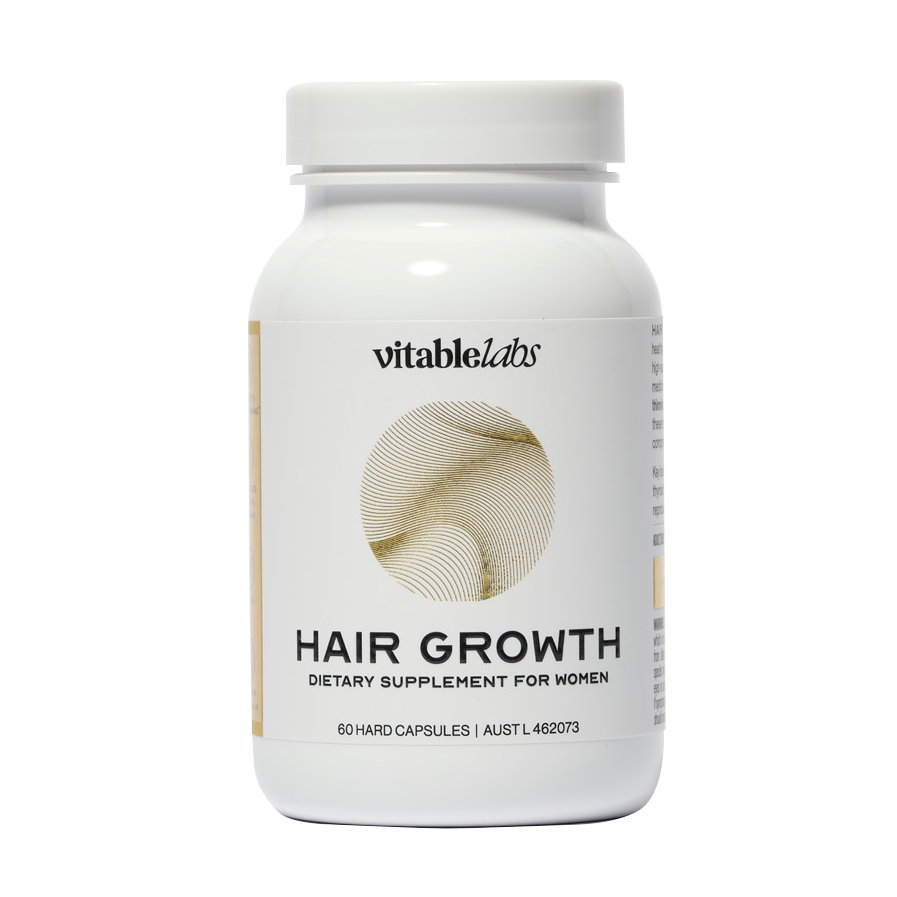Do you struggle with the sudden and reflexive contraction of your muscles? Welcome to the world of involuntary muscle cramps.
Whether you find yourself waking up to leg cramps at night or while working out, muscle cramps are something that can be painful and, for a time, debilitating. Keeping muscles healthy,and limber is important as we use them for simple daily activities like walking, lifting things, and exercising. Several factors may cause pain in muscles and joints, including weather changes (1), nutrient deficiencies and temperature changes which affect fluids in the joints (2). Certain physical conditions can also cause pain for muscles and joints (3).
Read on to learn what muscle cramps are all about and find ways on how to prevent muscle cramps and minimise their occurrence.
Causes of muscle cramps
Muscle cramps are involuntary and sudden contractions of one or multiple muscles (4). It's often felt in the feet, thighs, hands, arms, calves, and abdomen (4). It's normal for anyone to experience them at any time. It might sometimes be interchanged with muscle twitches, spasms, and tension which are all muscle contractions. While muscle contractions can result in different intensities of pain, twitches or spasms are just involuntary muscle tightening (5), while tension or stiffness are prolonged contractions that are connected to certain illnesses (6).
While muscle cramps are essentially harmless, the pain can delay physical activities or wake you up from your sleep. Experiencing muscle cramps may happen at any time but there are conditions that cause them to happen more often compared to others.
Let's take a look at some of the possible causes of muscle cramps.
What causes muscle cramps
Most causes of cramps are unknown, but there are a few contributing factors that may lead to cramps (7):
- Overusing or straining muscles
- Dehydration
- Stress
- Muscle fatigue
- Holding the same posture or position for a prolonged period of time
- Inadequate blood supply to the muscles
- Nerve compression
- Depletion of electrolytes such as potassium and magnesium
Muscle cramps begin with an involuntary twitch in the area which is about to cramp up, and it contracts and becomes more painful. Some cramps may go away after a few seconds or minutes, but some tend to stay on for longer. It may help to consult with medical professionals if you experience severe muscle cramping.
The risk of muscle cramps
There are additional factors that may increase the likelihood of someone encountering muscle cramps. One of these is age, as people tend to lose muscle mass as they get older which can strain or overuse muscles (7). Another is pregnant women, who get more cramps due to weight gain, nerve compressions, and insufficient blood flow to muscles (8).
How to prevent muscle cramps
It might be challenging to prevent muscle cramps from happening as the exact cause is not known and it is difficult to predict when it strikes. But, it's also good to be more proactive by helping muscles be in their tiptop shape to minimise chances of sporadic cramps.
Keep stretching
Try stretching right after you wake up, or before doing workouts. Stretching improves the range of movement of joints and muscles, and lessens the risk of injuries (9). It also prevents people from holding a specific pose or position for too long (7).
There are different types of stretches. For instance, one can try many different yoga poses that require stretching. What's important for muscle cramp stretches is to not overexert the muscles, and give attention to places where cramping normally happens.
Hydrate and rehydrate
Another way to answer the question of how to prevent muscle cramps is by keeping hydrated. Being exposed to heat while doing physical activities for longer periods of time increases the chances of cramps. A person who is dehydrated loses more fluids which are needed to keep the muscles relaxed7 as well as electrolytes that are essential for muscle health (10).
Hydration should be done even before doing any physical activities as well as after. For workouts longer than 60 minutes, electrolyte drinks can add lost electrolytes and give an energy boost with their carbohydrates content (11).
Seek help from medical professionals
Some illnesses and medications may heighten the risk of cramps. Doctors or Naturopaths can help you manage these symptoms so that they won't happen frequently (8). Some might provide medication or provide quick relief options, such as putting warm or hot compress on the cramped area.
Getting massages
Similar to stretches, getting your muscles massaged helps keep them relaxed (4). It provides immediate relief especially for leg and foot cramps, where it feels like muscles are twisted or knotted together (8). A study found that massage even provided relief for women experiencing abdominal cramps during their period12.
Stock up on nutrients
Having a well-balanced diet is essential to keeping the body healthy. It also helps in preventing muscle cramps. Nutrient deficiency, in the case of magnesium, may result in muscle contraction and cramps (13). It's important to make sure that the body has the proper amount of nutrients so that it will function properly and lessen pain due to the occurrence of muscle cramps.
A healthy diet is still the best source of nutrients. However, supplements can act as support in case you are unable to get all the nutrients you need from food.
Finding relief from supplements
It's important to know how to prevent muscle cramps, as cramps are often an unpleasant and painful experience. That's why it helps to maintain good muscle health, in part through the right food and supplements. Vitable is one of the best vitamin subscription companies which provide quality supplements for your health needs. Whether you need it for muscle cramps or to increase nutrient intake, Vitable vitamins have you covered.
Craft your own custom vitamin packs and have them shipped with the vitamin delivery service that comes with your purchase. Feel good by starting a healthy habit with one of the curated vitamin packs in Australia with Vitable.
*Always read the label. Follow the directions for use. If symptoms persist, talk to your health professional. Vitamin and/or mineral supplements should not replace a balanced diet.
References:
- Jamison, R., Anderson, K., and Slater, M. “Weather changes and pain: perceived influence of local climate on pain complaint in chronic pain patients”. Pain. Published May 1995 on https://doi.org/10.1016/0304-3959(94)00215-Z. Accessed on Feb. 4, 2022
- Moghadam, M., Abdel-Sayed, P., Camine, V., and Pioletti, D. “Impact of synovial fluid flow on temperature regulation in knee cartilage”. Journal of biomechanics. Published Jan. 21, 2015 on https://doi.org/10.1016/j.jbiomech.2014.11.008. Accessed on Feb. 4, 2022
- Timmermans, E., Schaap, L., Herbolsheimer, F., Dennison, E., et al. “The Influence of Weather Conditions on Joint Pain in Older People with Osteoarthritis: Results from the European Project on OsteoArthritis”. The Journal of rheumatology. Published Oct. 2015 on https://doi.org/10.3899/jrheum.141594. Accessed on Feb. 4, 2022
- “Muscle cramps”. Cleveland Clinic. Published Mar. 11, 2021 on https://my.clevelandclinic.org/health/diseases/15466-muscle-spasms. Accessed on Feb. 4, 2022
- “What causes muscle twitches?”. Nemours KidsHealth. Published on https://kidshealth.org/en/teens/twitches.html. Accessed on Feb. 4, 2022
- “Stress effects on the body”. American Psychological Association. Published Nov. 18, 2018 on https://www.apa.org/topics/stress/body. Accessed on Feb. 4, 2022
- “Muscle cramp”. Mayo Clinic. Published Mar. 3, 2021 on https://www.mayoclinic.org/diseases-conditions/muscle-cramp/symptoms-causes/syc-20350820. Accessed on Feb. 4, 2022
- Bordoni, B., Sugumar, K., Varacallo, M. "Muscle Cramps". StatPearls. Published Aug. 7, 2021 on https://www.ncbi.nlm.nih.gov/books/NBK499895/. Accessed on Feb. 4, 2022
- “Stretching: Focus on flexibility”. Mayo Clinic. Published Jan. 31, 2020 on https://www.mayoclinic.org/healthy-lifestyle/fitness/in-depth/stretching/art-20047931. Accessed on Feb. 4, 2022
- Edith Cowan University. "Muscle cramp? Drink electrolytes, not water, study shows". ScienceDaily. Published Mar. 18, 2021 on www.sciencedaily.com/releases/2021/03/210318101536.htm. Accessed on Feb. 4, 2022
- “Eating and exercise: 5 tips to maximize your workouts”. Mayo Clinic. Published Dec. 18, 2021 on https://www.mayoclinic.org/healthy-lifestyle/fitness/in-depth/exercise/art-20045506. Accessed on Feb. 4, 2022
- Kim, J., Jo, Y., and Hwang, S. “The effects of abdominal meridian massage on menstrual cramps and dysmenorrhea in full-time employed women”. Journal of Korean Academy of Nursing. Published Dec. 2005 on https://doi.org/10.4040/jkan.2005.35.7.1325. Accessed on Feb. 4, 2022
- “Magnesium”, National Institute of Health: Office of Dietary Supplements. Published on https://ods.od.nih.gov/factsheets/Magnesium-HealthProfessional/. Accessed on Feb. 4, 2022







